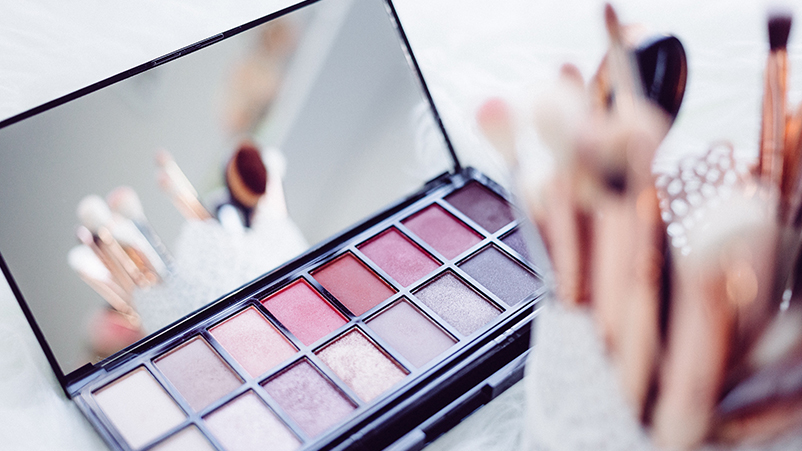Direct-to-consumer beauty brands poised for reach splurge, boosting category

Beauty brands will continue to spend less on TV and magazine advertising, but overall category spend is set to increase as established and challenger brands spend more in a bid for reach, according Zenith's latest forecasts.
Key points:
- Beauty ad spend to strengthen throughout 2019-2021 after two years of decline
- Internet advertising overtook television as the biggest medium for beauty in 2018, and will attract 50 per cent of all beauty ad spend in 2021
- China is the biggest beauty ad market after early adoption of e-commerce advertising
- Beauty ad spend in Australia has continued to decline in 2019 but should witness a modest recovery in 2021, driven by an 11 per cent increase in online advertising
Zenith's Beauty Advertising Expenditure Forecasts forecasts global beauty ad spend will rise from -1.2 per cent in 2018 to 2.7% in 2019 overall, and will reach 4.7 per cent in 2021, driven primarily by digital spending.
Traditional channels look set to remain in decline, according to the report.
Magazines commanded 21 per cent of beauty ad spend in 2014, but fell to 13 per cent in 2018. By 2021, magazines will account for 8 per cent of beauty ad spend versus 3 per cent for the market as a whole. Television’s share of beauty ad spend dipped below 50 per cent for the first time in 2016, and fell to 40 per cent in 2018, while accounting for 31 per cent of ad spend across all categories. Zenith forecasts it to fall to 35 per cent by 2021, compared to 27 per cent for all categories.
Uplift in spend will be driven by factors including direct to consumer (D2C) brands. Many of these new brands have sought growth through targeted promotions, without investing in the mass-reach brand building that typically drives beauty ad spend growth.
Beauty ad spend has fallen in the last two years. But Zenith says the situation is changing as digital platforms, like Instagram, increase the supply of high-quality environments and attract more of these brands’ budgets. Meanwhile, D2C brands are finding that there’s a limit to the market share they can win without creating mass awareness, and many are beginning to invest in traditional brand-building campaigns.
E-commerce sales are rising rapidly; beauty brands are increasingly forming partnerships with retail platforms as retailer media becomes more available or creating their own D2C platforms. These are not complementary investments: spending on retailer media can cannibalise D2C sales, and vice versa. Brands need to choose which of these two routes to e-commerce they embrace, says Zenith.
However, despite the rise of e-commerce, the majority of beauty purchases are still made in bricks-and-mortar stores. While consumers may browse online, most want to experience a product before buying it.
“Brands need to work with retailers to create more in-store experience opportunities, and use new technology like Augmented Reality to create digital brand experiences that allow consumers to try before they buy online,” said Matt James, Zenith’s Global Brand President. “By tying together their e-commerce and in-store experiences, beauty brands can lead consumers down the path to purchase more effectively.”
Zenith Australia CEO, Nickie Scriven, said more mobile searches for beauty will push up mobile search revenues by 18 per cent in 2021, outpacing predicted online ad growth of 11 per cent.
The report also highlights increasing demand for sustainable products and warns that brands risk social media ire if they do not give consumers want they want.
